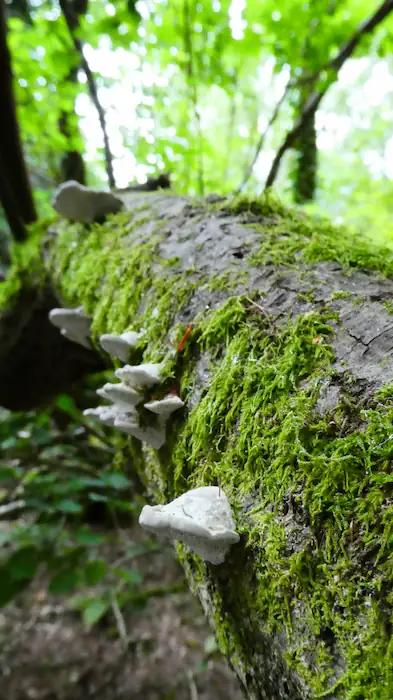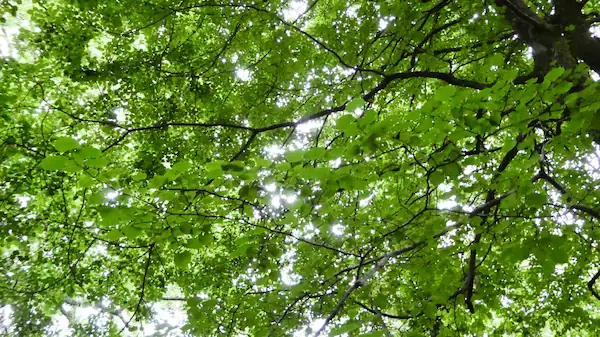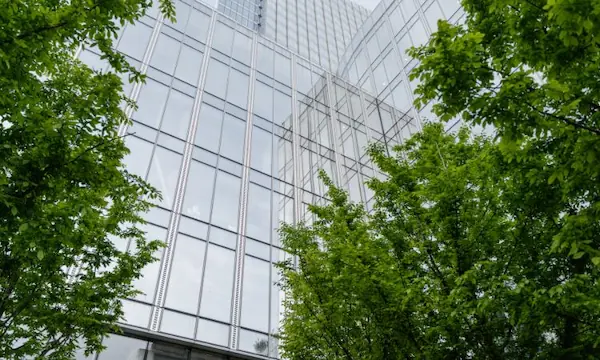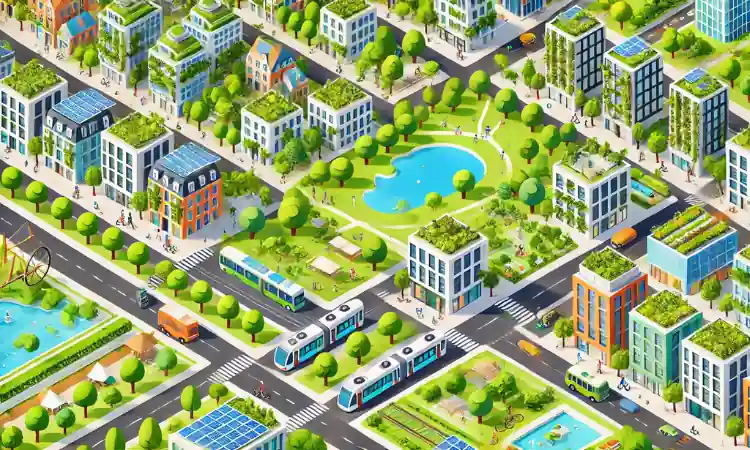Habitats That Boost Our Resilience to Climate Change
Climate change is fundamentally altering environmental conditions worldwide. This makes habitat restoration a critical strategy for environmental adaptation and mitigation.
Here’s our breakdown of the key habitats that, if restored to their full potential, can to boost human resilience to climate change. Let’s get started!
1. Tropical Rainforests

Tropical rainforests are arguably the most crucial habitats for climate resilience. These ecosystems are phenomenal carbon sinks, storing immense amounts of carbon in their dense vegetation and soil. The Amazon rainforest alone stores approximately 150-200 billion metric tons of carbon.
By protecting and restoring these forests, we can:
2. Coastal and Marine Ecosystems

Wetlands, mangrove forests, and seagrass meadows are extraordinarily efficient at carbon sequestration, as well as provide more direct benefits to communities.
Often called “blue carbon” ecosystems, these habitats can:
Check out our Blue Carbon Overview for more detail on this incredible habitat resource group.
3. Peatlands

Despite covering only 3% of global land surface, peatlands store twice as much carbon as all global forest biomass.
Peatland restoration involves:
4. Grasslands and Savannas

These often-overlooked ecosystems where once vast, but a being depleted in scale and condition. Grasslands and Savannah are critical for:
5. Temperate and Boreal Forests

Northern hemisphere forests, particularly in the boreal regions like Canada, Russia, and Scandinavia, play a crucial role in:
Challenges in Habitat Restoration

Given the complexity of habitat restoration, there are a number of key challenges that can challenge the process:
Ecological Complexity Challenges
1. Ecological Interdependence
Habitats are intricate systems, where each thread is connected to many others. Restoration isn’t simply about replanting trees or reintroducing species; it’s about recreating entire living networks.
When we disrupt one element, ripple effects cascade through the entire system. For instance, removing invasive species might seem straightforward, but it can destabilise existing ecological relationships that have developed over decades or even centuries.
Consider a famous example: In the Yellowstone National Park, wolf reintroduction dramatically transformed the entire ecosystem. By controlling elk populations, wolves allowed vegetation to recover, which then supported beaver populations, changed river courses, and created habitats for numerous other species.
This illustrates how complex ecological restoration can be. It’s not just about individual species, but about understanding and recreating entire systemic interactions.
2. Climate Change Acceleration
Climate change itself becomes a significant barrier to restoration.
Traditional restoration models assume relatively stable environmental conditions, but our current climate is rapidly transforming. Species that once thrived in specific regions may no longer find suitable habitats. Restoration efforts must now anticipate and plan for future climate scenarios, not just current conditions.
For example, tree species planted today might become unsuitable for their location within 30-50 years due to changing temperature and precipitation patterns.
Financial Challenges
3. Limited Resources
Habitat restoration is expensive. A full restoration project can cost hundreds of thousands, potentially even millions of dollars. Funding typically comes from:
Habitat restoration funding sources can often be inconsistent and competitive.
The funding challenge is also long term – successful restoration requires sustained financial commitment to manage the restoration carefully into a stable state. Maintaining long term commitments can be challenging in a world of shifting political priorities and economic pressures.
However, the potential to provide social and economic value, in the form of localised climate resilience benefits, can help support financial cases, and with the impact of climate change growing, this potential return is growing as well.
For instance, mangrove restoration is costly in the short term, but these ecosystems provide significant economic benefits like natural storm protection, fishery support, and carbon sequestration. Communicating these broader economic value is key to garnering support.
4. Competing Economic Interests
Economic development often directly conflicts with habitat restoration.
Agricultural expansion, urban growth, and resource extraction frequently are all prime examples of human uses that often take precedence over environmental conservation. These alternate uses have more easily quantified benefits than habitat restoration.

Technological and Scientific Challenges
5. Knowledge Gaps
Despite significant scientific advancement, we still understand relatively little about complex ecosystem dynamics. Each restoration project is, in essence, a massive ecological experiment with uncertain outcomes.
Scientists must continuously learn, adapt, and refine their approaches to succeed.
6. Genetic and Biological Complexity
Restoring genetic diversity is tremendously challenging. When wildlife populations become fragmented or reduced, genetic variation decreases, making species less resilient.
Restoration must therefore consider not just the number of individuals in population, but their genetic health and potential for long-term survival.
Social and Political Challenges
7. Community Engagement
Successful restoration requires active participation from local communities. This means:
Without community buy-in, restoration efforts are likely to fail, regardless of scientific sophistication. This is particularly true in restoration cases that involve reintroduction of large mammals, which can be perceived as posing a threat to the community.
8. Policy and Governance Barriers
Effective restoration requires coordinated policy across multiple levels. This often includes:
Misalignments or inconsistencies in these governance frameworks and agreed policy can significantly hinder restoration efforts.
Habitat For Resilience: A Source of Solutions and Hope

The most impactful habitats for climate resilience share several key characteristics: high carbon sequestration potential, significant biodiversity support, and crucial roles in regulating regional and global environmental systems. It is within these benefits that the human benefit is held, for example storing carbon emissions helps lessen the severity of climate change, whilst system regulation can reduce the potential impact of flooding, storms and heat intensity.
But remember, an integrated approach is essential. No single habitat restoration strategy will solve climate challenges. We need coordinated, scientifically informed efforts that recognize the intricate relationships between different ecosystems.
Consider a habitat near your own community. What unique challenges might restoration efforts face in that specific environment? What local factors would need to be considered?
To support you further, check out the following extra resources:
Urban Climate Impact: How to Adapt & Building Resilience






